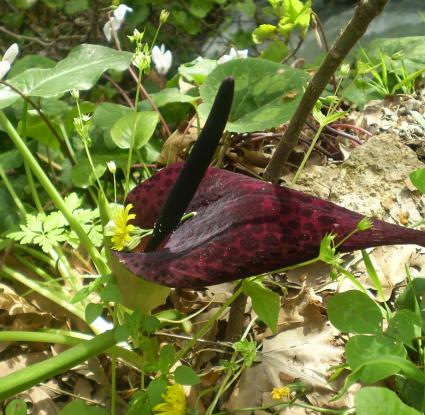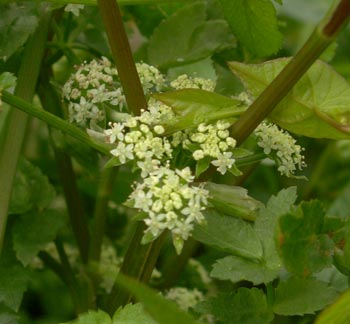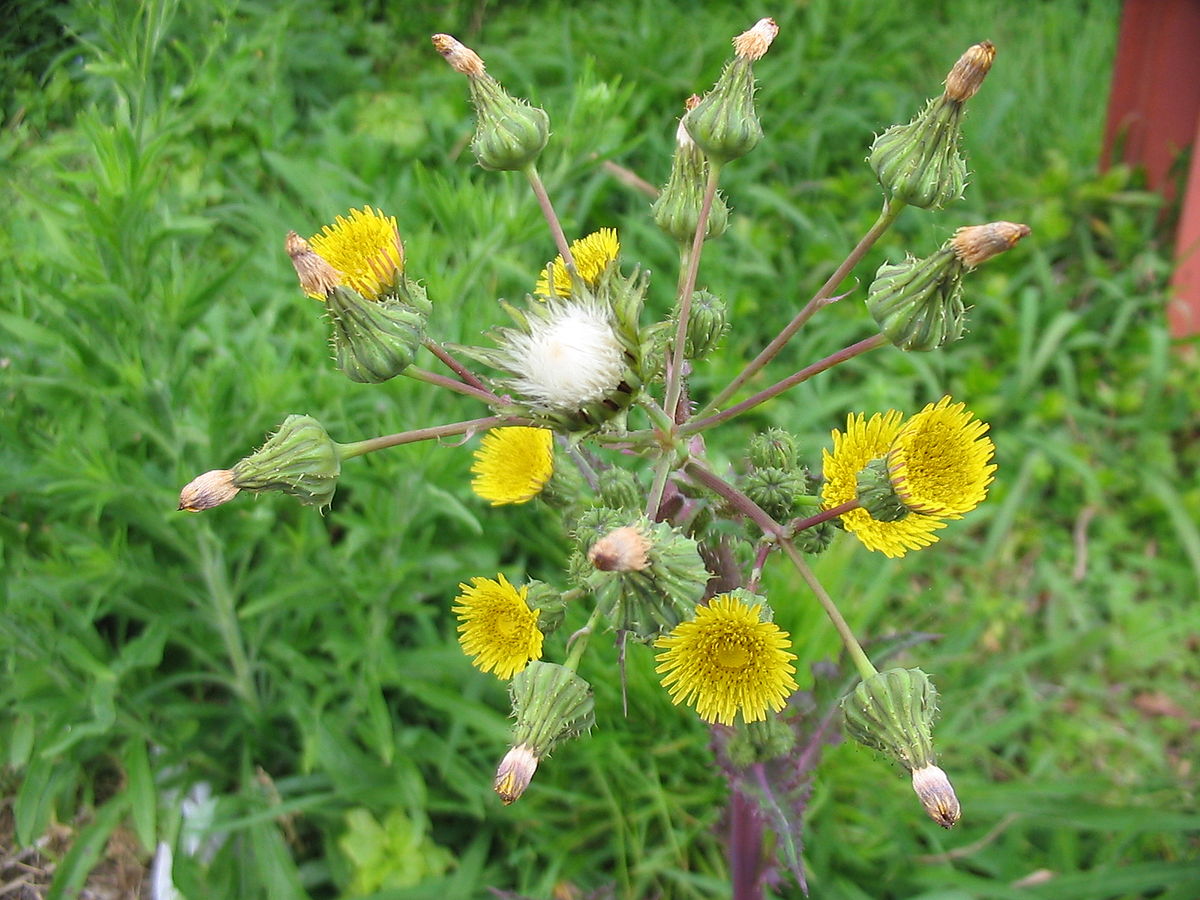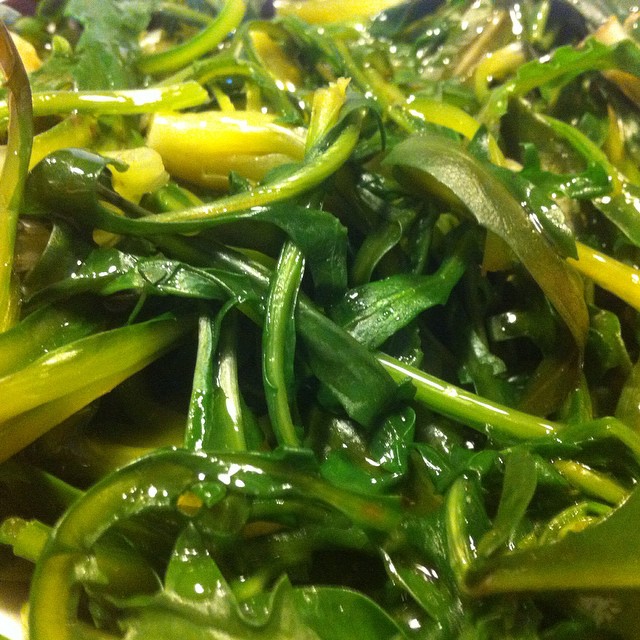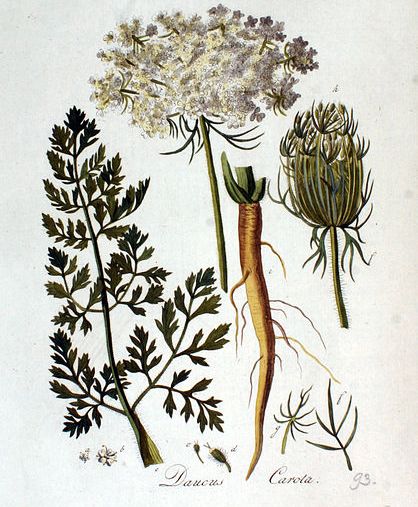The plant Arum dioscoridis, the root of which is edible. In times of hunger it was used as a substitute for kolokasi (taro root).
Name - Origin
Αγριοκολόκασο (Yangoullis 2009, entry αρκοκολόκασον,το, 76). Δρακοντιά (Great Encyclopedia of Cyprus, vol. 2, entry αρκοκολόκκασον,το, 302)
A species of wild kolokasi that is native to lowland areas (Great Encyclopedia of Cyprus, vol. 2, entry αρκοκολόκασον,το, 302).
The plant Arum dioscoridis, the root of which is edible.
ETYM. < άρκον (árcon) [= wild] + kolokasi (Yangoullis 2009, entry αρκοκολokασον,το, 76)
Scientific name: Arum dioscoridis (Great Encyclopedia of Cyprus, vol. 2, entry αρκοκολόκασον,το, 302)
Due to the fact that all parts of the plant are toxic, before they could use the root of agiokolokasiá they had to boil it to remove the toxic substance it contains (Gennadios 1914, 146).
Functional and symbolic role
Arkokolókaso was used in baking in earlier times (Great Encyclopedia of Cyprus, vol. 2, entry αρκοκολόκασον, το, 302).
In times of hunger it was used as a substitute for kolokasi. Cypriot farmers boiled and ate the starchy root of the arkokolokasiá, which resembles kolokasi (Gennadios 1914, 146).
Additional information and bibliography
The following quote is indicative of the consumption of arkokolokaso in times of shortage of food: "SPANISH FLU: In 1918, at the end of the war, a large flu outbreak occurred in our village. Spanish as it was called. In its wake it left 18 dead in the village out of a total of 300 inhabitants. Hampis Spanos tells us about the great famine of 1918: "There were no jobs and the food was very expensive. I, he tells us, was working as a helper for half a pound a year. Just to eat bread and for the family to have a person less to feed was a big deal. We were so hungry that we would collect agriokolokaso, we would cook it in pinnies [a kind of pot made of earth] and after too much cooking it would soften a little and we would eat it. But it was very tangy and we were drooling. But it was better than starvation" (Sjonathan Wiki, "Xylofagou history").
Gennadios P. G. (1914), Phytological Dictionary: Containing the names, nativity and life of more than a thousand plants, including those cultivated for their usefulness or cultivated by the people, whose history, cultivation, products and diseases are also described, From the Printing House of Paraskevas Leonis, Athens.
Yangoullis K. G. (2009), Thesaurus of the Cypriot dialect. Interpretative, Etymological, Phraseological and Nomenclatural Dictionary of the Medieval and Modern Cypriot Dialect, Theopress Publications, Nicosia
Pavlides A. (ed.) (1985), Great Encyclopedia of Cyprus, vol. 2, Filokypros, Nicosia.
Web source: Sjonathan Wiki, "Xylofagou history”, http:// sjonathan.wikia.com/wiki/Xylofagou_history.
Savvas Polyviou, Kyriaki Panteli/Petroula Hadjittofi, Argyro Xenophontos

